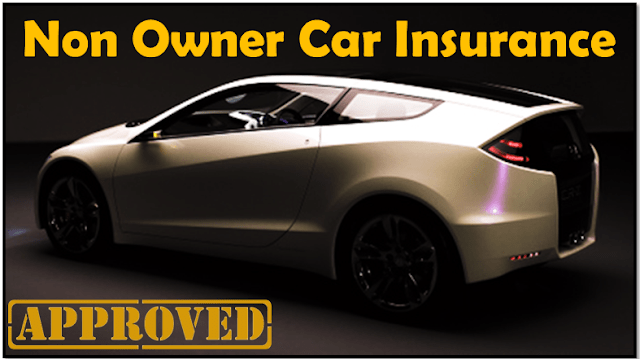Why Do Non-Owner Claims Encounter Issues?
Imagine steering through a maze blindfolded; that's often how non-owner claims feel. Limited coverage and eligibility challenges can create significant hurdles, leaving you vulnerable to financial strain. The basic liability coverage typically offered doesn't account for vehicle damage or medical expenses, and if the vehicle's not under primary insurance, complications multiply. With strict documentation and varying state regulations, the claims process can quickly become an intimidating task. What can you do to better prepare for these obstacles?
When you're driving a borrowed or rented vehicle, understanding non-owner claims issues is essential for protecting yourself from unexpected liabilities. Non-owner car insurance offers critical liability coverage, but it comes with limitations that can complicate claims. These policies serve as secondary coverage, which means they only kick in after the primary insurance's limits are exhausted. This structure can create financial gaps if the primary policy doesn't provide sufficient coverage for the incident at hand.
One of the primary issues you may face involves filing a claim. The process resembles that of standard auto insurance claims, requiring you to gather detailed documentation like police reports and photographs of the accident. However, claims adjusters will need to determine both coverage and compensation based on the specifics of your situation. If you aren't meticulous with the documentation or miss notifying the insurer promptly, you may encounter delays or even denials of your claim. These requirements can vary greatly depending on your state or insurer, adding another layer of complexity to the claims process.
Another challenge stems from the coverage limitations of non-owner policies. While they cover bodily injury and property damage you cause while driving, they don't extend to vehicle damage or personal medical expenses unless explicitly stated. If you're involved in an accident, you'll quickly realize that the policy's focus on liability protection leaves you vulnerable to high out-of-pocket costs for repairs or personal injuries. This limitation can cause considerable financial strain if your primary insurance coverage falls short of covering all the expenses. Moreover, it's essential to remember that the owner's auto insurance serves as primary coverage, meaning it will be the first to respond to any claims.
Eligibility for non-owner policies can also complicate matters. If you frequently borrow cars or use car-sharing services, you might benefit from such coverage. However, if you're regularly borrowing from family members, insurers usually expect you to be listed on their household policy. This could lead to complications in coverage, especially if an accident occurs while you're using a vehicle not covered under your policy.
Additionally, some states may impose specific eligibility requirements or even restrict the availability of non-owner policies, limiting your options.
Comparing non-owner insurance to standard auto insurance reveals further issues. While non-owner policies are generally less expensive due to their narrower scope, this reduced cost comes at the expense of thorough and collision coverage. If you're involved in an accident, you might find yourself liable for vehicle damage, which could have been covered under a standard policy.
Additionally, low coverage limits in your primary policy might expose you to financial liability beyond what your non-owner insurance can cover.
Conclusion
Maneuvering non-owner claims can feel like wandering through a dense forest without a map. Each twist and turn—be it limited coverage or strict documentation—can lead to confusion and frustration. Just as a traveler must be prepared for the unexpected, you too need to understand the intricacies of your policy and the claims process. By arming yourself with knowledge and awareness, you can better traverse these challenges and emerge on the other side with a clearer path to resolution.

